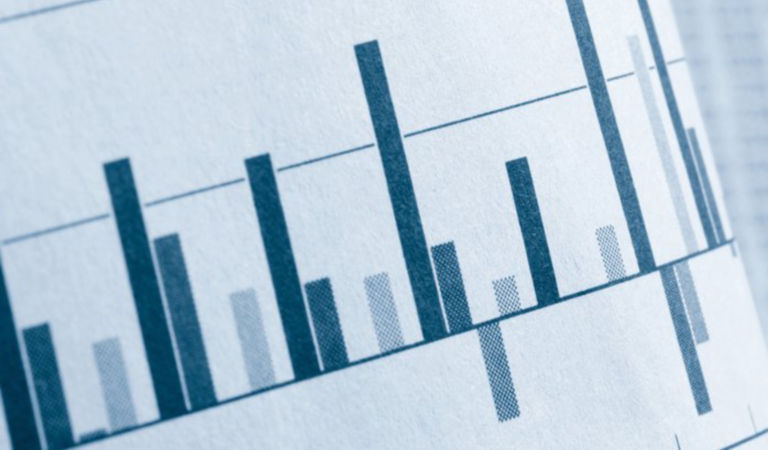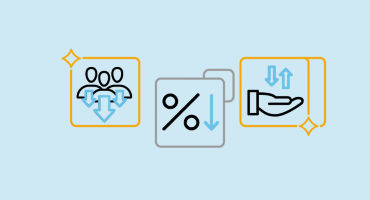US
US equities (+0.2%) stabilized following a significant decline in April. Risk-off sentiment pervaded the market for most of the month, largely driven by concerns that tighter monetary policy could precipitate a recession. However, equities rallied sharply at the end of May amid strong equity inflows and stock buybacks by corporations, robust consumer spending, and the belief that inflation may have peaked. The headline CPI increased 8.3% annually in April, down from 8.5% in March, while core inflation slowed to 6.2%, from 6.5%. The headline Producer Price Index (PPI) also decelerated, rising 0.5% in April after a 1.6% gain in March, bolstering hopes that producer and consumer price inflation have peaked. As expected, the Fed raised interest rates by 50 bps and announced plans to shrink its US$9 trillion balance sheet starting in June, in an effort to curtail inflation. Most Fed officials predicted that interest rates would likely rise by 50-bps increments at the next two meetings, which would provide more flexibility to reassess policy later in the year if warranted. President Joe Biden faced pressure to reduce tariffs on Chinese goods to mitigate inflation, as rampant price increases have clouded Democrats’ prospects in midterm congressional elections in November. At the end of May, the blended year-over-year earnings growth rate for companies in the S&P 500 Index was 9.2% in the first quarter, well above estimates of 4.6% at the beginning of March. The forward 12-month price-to-earnings ratio for the index was 17.1%.
US economic data released in May indicated that the US economy was resilient in the face of inflation and growth headwinds. In April, the labor market remained tight despite more restrictive financial conditions and economic uncertainty. Measures of labor demand were broadly robust, with nonfarm payrolls rising by 428,000, the unemployment rate holding steady at 3.6%, jobless claims near historic lows, and job openings at record highs. Wage growth showed tentative signs of stabilizing; average hourly earnings grew at a more moderate monthly pace of 0.3%, up 5.5% from a year earlier. Consumer purchases of goods and services remained buoyant despite higher inflation, helping to temper fears of a recession. Unadjusted for inflation, consumer spending in April increased by a larger-than-expected 0.9% as outlays on goods and services rose 0.8% and 0.9%, respectively, while total spending in March was revised upward to 1.4%, from 1.1%. Personal savings dipped to 4.4% in April — the lowest level since 2008. In May, the Conference Board Consumer Confidence Index fell to 106.4, from 108.6, with persistently high inflation straining household budgets and forcing consumers to take on more debt to support their spending. Soaring mortgage rates and elevated prices squeezed the housing market. In April, new-home sales plunged 16.6%, new-home construction and building applications slipped, pending home sales dropped for the sixth consecutive month, and existing-home sales fell 2.4% — the third straight monthly decline. US homebuilder sentiment in May tumbled by the most since the onset of the pandemic as builders were constrained by higher materials costs and slowing demand.
The expansion in US manufacturing unexpectedly strengthened in May as the Institute of Supply Management (ISM) Manufacturing Index rose to 56.1, from 55.4, driven by a large gain in inventories. Details of the report revealed solid demand, labor and supply constraints, and modestly easing price pressures. In April, the ISM Services Index slipped to 57.1, from 58.3; business activity improved across almost all service industries but mounting cost pressures and labor shortages hindered the sector’s growth. Preliminary data for May signaled a solid expansion in the services sector, although the pace of growth was the slowest in four months as demand softened amid higher interest rates, the rising cost of living, and a broader economic slowdown. The National Federation of Independent Business Small Business Optimism Index held steady in April at its lowest level in two years as companies remained anxious about inflation and US economic prospects.
Six of the 11 sectors in the S&P 500 Index (+0.2%) posted positive results. Energy (+15.8%) was the top-performing sector as the price of oil continued to rise. Utilities (+4.3%) also outperformed, led by the electric utilities (+5.1%) and multi-utilities (+3.3%) groups. Financials (+2.7%) rose, driven by banks (+6.9%). Real estate (-5.0%) was the worst-performing sector, led lower by real estate investment trusts (REITs). Consumer discretionary
















